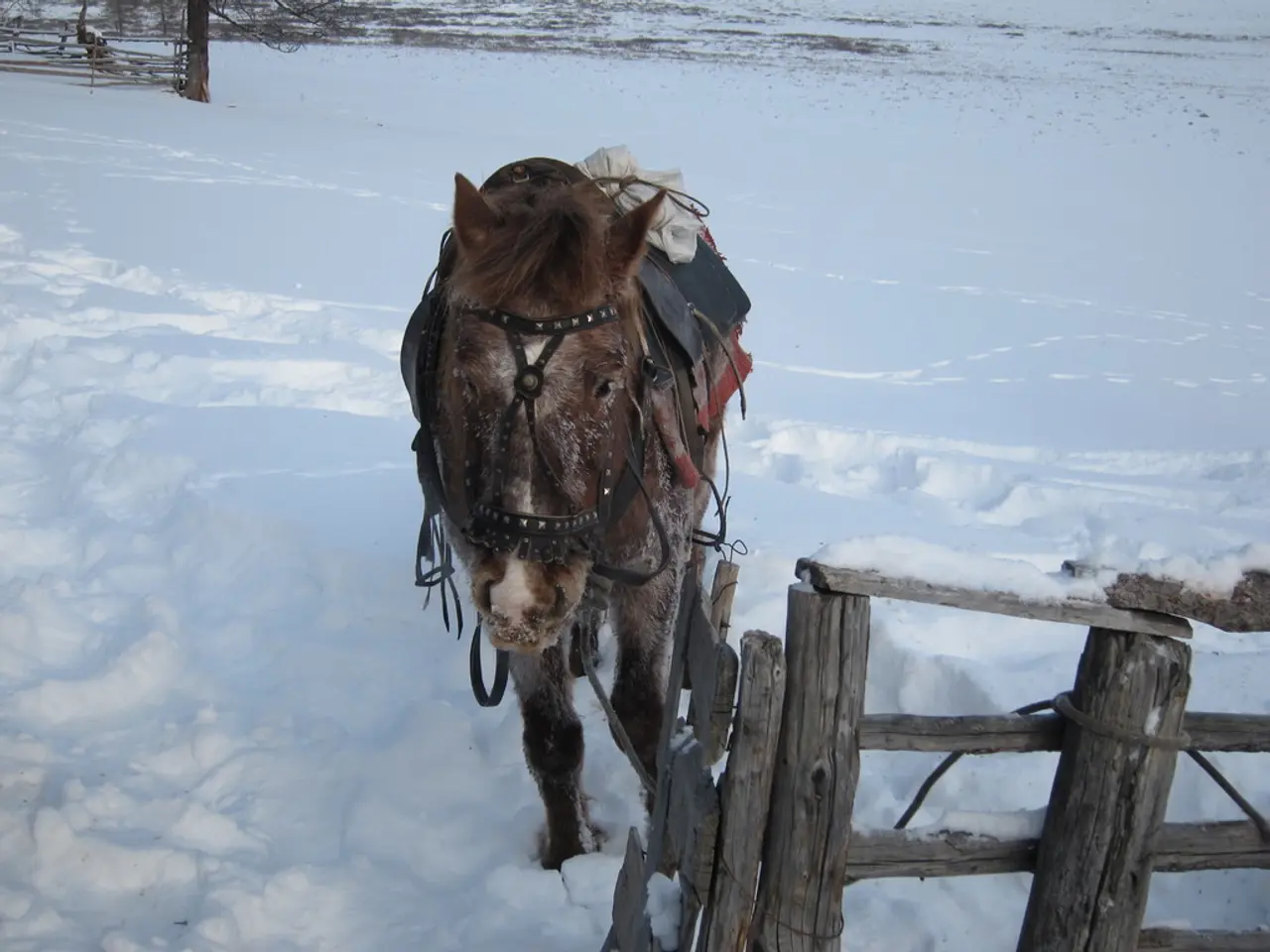Winter Garden Care: Managing Winter Burn and Frost Injuries
Winter can be a challenging time for plants, with freezing temperatures, harsh winds, and sudden changes in temperature taking their toll. However, with some careful preparation and maintenance, you can help your plants survive and thrive during the colder months.
One common issue that plants face during winter is winter sunscald. Signs of this include sunken, discolored, or dead parts of the tree bark, particularly on the side that's exposed to the sun. To prevent winter sunscald, protect tree trunks with burlap and other protective coverings, and leave affected trees to heal on their own.
Another problem is winter desiccation, which occurs when the plant absorbs insufficient moisture to sustain it. This can lead to brittle or burned-looking foliage, dried leaves, and browning on evergreens. To prevent winter desiccation, water plants deeply and regularly before the winter season sets in, water during dry spells, add mulch to minimize evaporation, and water on mild weather to avoid freezing the water to the ground.
Infestation from burrowing animals can also be a concern during winter. To prevent this, keep the lawn or garden grass-free, surrounding trees and shrubs with mulching, and wrapping the trunk with screen wire or hardware cloth. Dealing with burrowing animals should involve humane strategies, such as providing food sources away from the garden, and leaving affected trees to heal and recover from the injuries on their own.
Frost damage is another issue that plants may face during winter. This occurs when ice crystals form within plant tissues, damaging cells and causing browning of new growths, dead or dying buds, and delayed leaf developments. To prevent frost damage, cover small or sensitive plants with breathable fabrics such as burlap or lightweight blankets before sunset and uncover them after temperatures rise.
Using anti-desiccant sprays (anti-transpirants) on evergreen foliage can also help protect against winter desiccation. These sprays coat leaves and lock in moisture for months in winter, reducing drying and leaf burn.
Wrapping young shrubs and thin-barked trees with paper or plastic tree wrap can also help prevent sunscald, frost cracks, and drying caused by fluctuating freeze-thaw cycles and winter sun. Avoid removing insulating layers like snow or mulch around plants, as these protect against wind and extreme cold. Organic mulch is preferred over rocks to help soil moisture retention and temperature regulation.
In addition to these measures, it's important to keep plants healthy before winter. Proper fertilization is key, with a low-nitrogen, high-phosphorus/potassium fertilizer being recommended to avoid tender, frost-sensitive new growth. Avoid fertilizing close to frost dates.
After frost damage, assess plant health gradually in spring, and prune only dead tissue once true growth resumes. Immediate heavy pruning is generally discouraged.
By following these tips, you can effectively prevent and treat winter burn and frost damage in your plants, reducing dehydration, mechanical damage from ice and wind, and temperature stress, and helping your plants survive and recover from winter burn and frost injury.
Maintaining a healthy home-and-garden during winter involves taking precautions against various issues, one of which is winter sunscald. To prevent this, one can protect tree trunks with burlap and other protective coverings.
Anti-desiccant sprays can be used on evergreen foliage to help protect against winter desiccation, reducing drying and leaf burn.




